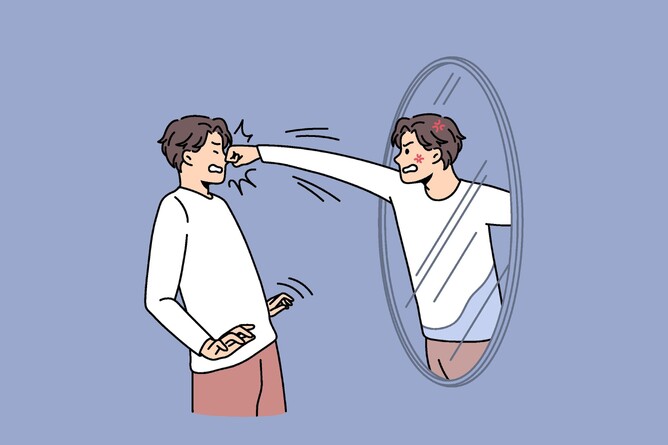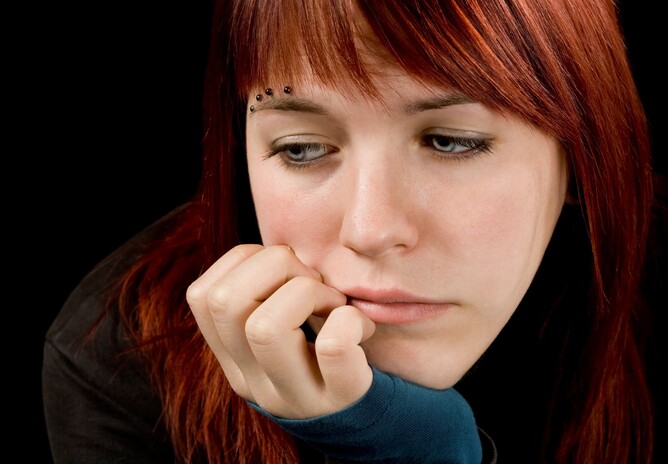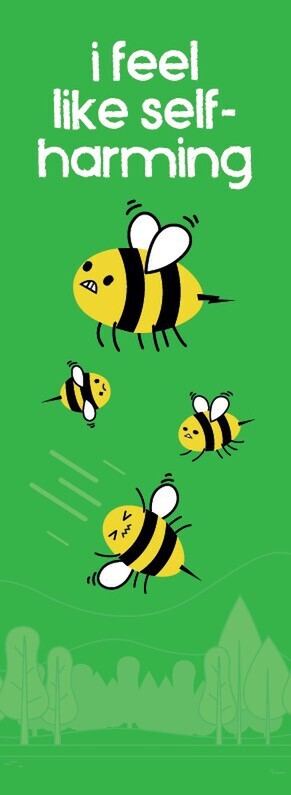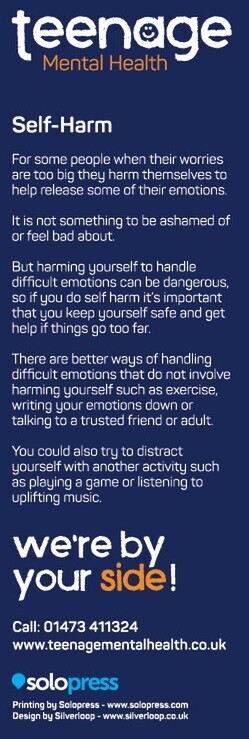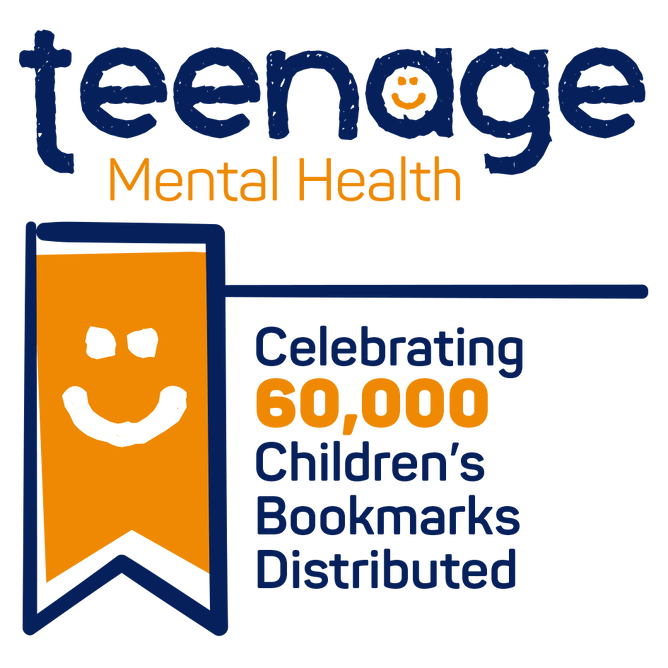Things helpful for Parents and Carers to know
As parents, our children's well-being is our top priority. While it's natural to think of self-harm as physical harm, it's crucial to recognise that it can manifest in various forms and affect children of all ages. Understanding these different expressions of self-harm is essential to providing the support and care our children may need.
Self-Harm Isn't Always Physical
When we think of self-harm, we often picture visible signs on the body. However, self-harm can take many forms, and some are not immediately evident. Here are some different ways self-harm can manifest:
1. Emotional Self-Harm: This involves inflicting emotional pain upon oneself. Children may engage in negative self-talk, self-criticism, or self-isolation as a way to punish themselves.
2. Eating Disorders: Whilst you can see the effects of conditions under the umbrella of eating disorders or disordered eating, actually these are often not visible or noticed when the affects are visible. Each can be forms of self-harm. Children may use food or deprivation or other food consumption habits as a means to cope with emotional distress.
3. Substance Abuse: Substance misuse or addiction can also be considered as self-harm, with children and adults using drugs or alcohol to numb their emotional pain.
4.Risk-Taking Behaviours: Engaging in risky activities without proper safety precautions can also be a form of self-harm. This includes reckless driving, drug experimentation, communications/arrangements made online with people they don’t really know, or extreme sports.
5. Digital Self-Harm: In the age of social media, some children resort to cyberbullying themselves, creating anonymous accounts to send hurtful messages or posting derogatory comments about themselves online. Putting themselves in situations either consciously or unconsciously online to antagonise and cause backlash from others.
6. Isolation: Self-isolation can be a subtle form of self-harm. Children may withdraw from social interactions, depriving themselves of emotional support.
7. Personal Care: To avoid and neglect ones basic needs, such as hygiene, sleep and environment. Personal presentation can change as children grow and become young adults which are typical as part of learning to care for yourself. But significant changes can be telling of an individuals emotional state of mind, especially if personal care is dropping in particular in addition to any of the above.
Recognising Self-Harm in Children of All Ages
Self-harm doesn't discriminate by age. It can affect children as young as infant/primary school age to teenagers. Recognising signs of self-harm in children of different ages can be challenging, but it's crucial to stay vigilant. Here's how it may look in various age groups:
· Infant and Primary School Children: Younger children may not always express their emotions verbally. Look for behavioural changes such as increased mood swings, withdrawal from friends and family, or unexplained physical complaints like headaches or stomach-aches or even physically hitting/pinching themselves and more.
· Entering or in Early Adolescence: As children enter adolescence, they may be more secretive about self-harming behaviours. Pay attention to changes in clothing, like long sleeves in hot weather, or unusual marks or bruises, overly tired, changes in relationships, avoidant behaviours.
· Teenagers and Young Adults: Adolescents are more likely to engage in physical self-harm, but they can also use less apparent methods. Watch for signs like avoiding activities they once enjoyed, untypical clothing for the season, changes in eating habits, or evidence of substance misuse, changes in relationships, avoidant behaviours, withdrawn, aggressive in their responses and consider screen time usage.
How to Approach and Support Your Child
Discovering that your child is involved in self-harming behaviours can be overwhelming, but it's essential to respond with love and understanding. Here's how you can approach and support your child:
· Open Communication: Create a safe space for your child to express their feelings and concerns without judgment. Let them know you are there to listen and support them.
· Seek Professional Help: Encourage your child to speak with a mental health professional who specialises in treating self-harm and related issues. Therapy can provide the tools and coping strategies needed for recovery.
· Avoid Blame: It's crucial not to blame your child or yourself for their self-harming behaviours. Self-harm is often a complex response to emotional distress, and blaming only adds to their burden.
· Educate Yourself: Learn about self-harm, its underlying causes, and potential treatments. Understanding the issue will help you provide better support.
· Foster Healthy Coping Mechanisms: Encourage your child to explore alternative ways of coping with stress and emotions, such as art, journaling, exercise, or mindfulness techniques.
Self-harm is not limited to physical harm and can take various forms. It's essential for parents to recognise these expressions and offer the necessary support. Your understanding, empathy, and professional guidance can be crucial in helping your child navigate their emotional challenges and find healthier ways to cope. Remember that seeking help is a positive step towards recovery and healing for your child.
Bookmarks:
This blog was written as part acknowledging the success of distributing over 60000 our bookmarks for school aged children we distribute to schools and children's services in and near Suffolk for FREE. Below is our bookmark for self-harm.
Click Here to view all our bookmark designs helping with 6 mental health topics, and find out how you can order some for free for your school or organisation.
